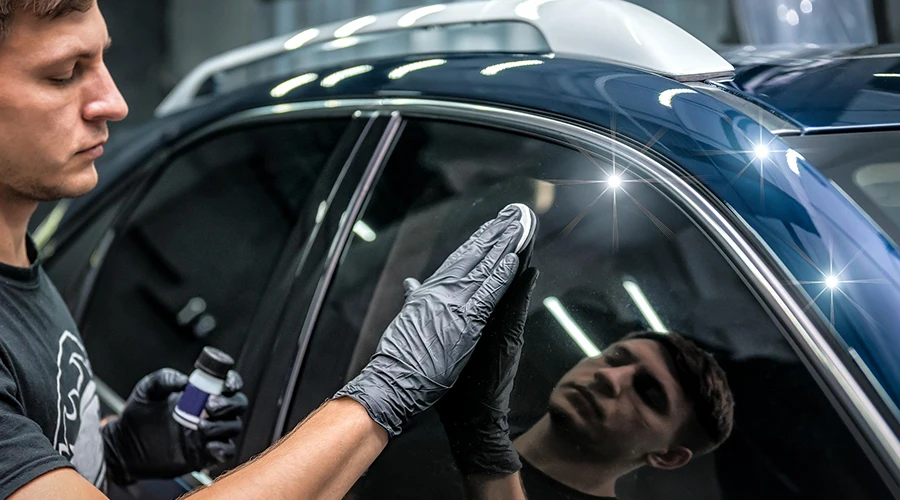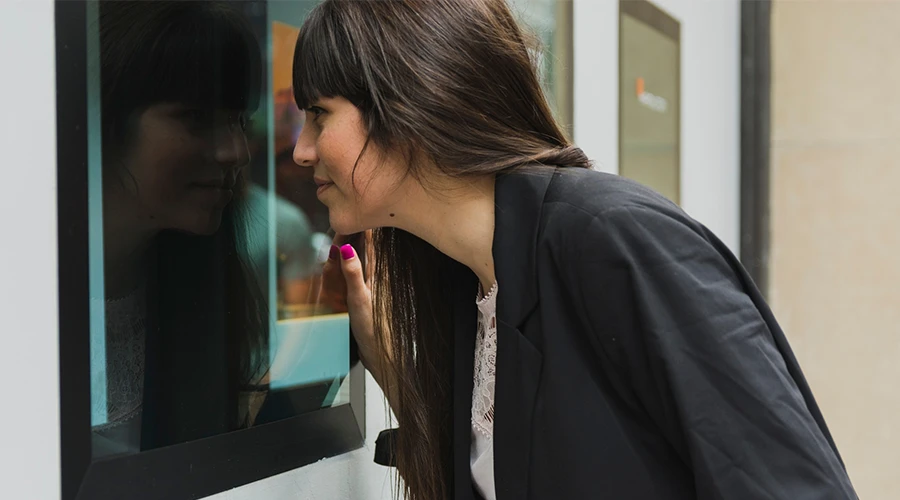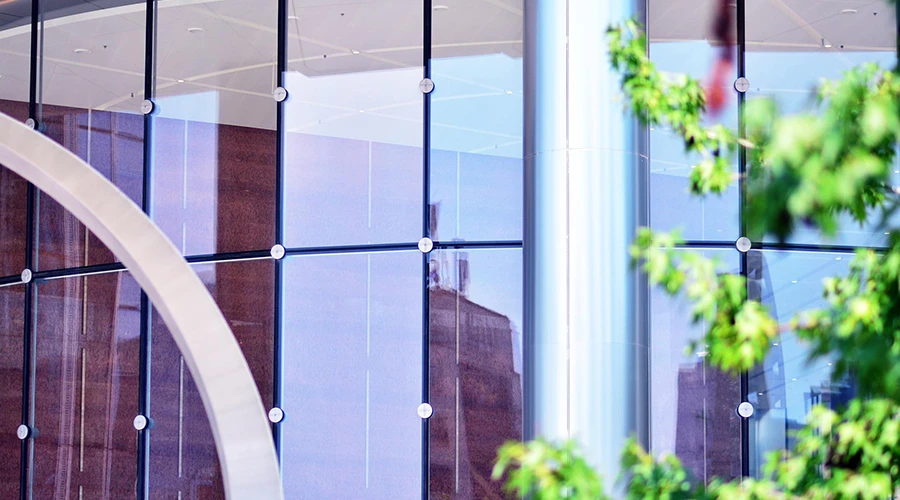The Science Behind a Cooler, Smarter Drive
If you’ve ever opened your car door on a Queensland summer afternoon, you know how brutal that blast of heat can be. Ceramic tint can darken glass, that’s for sure, but it’s not just that. It’s advanced heat and UV protection for people who actually live in the sun. Here’s how it really works and why more drivers across Brisbane, Ipswich, and the Gold Coast are making the switch.
What Is Ceramic Window Tint QLD?
Ceramic tint uses non-metallic, nano-ceramic particles that block infrared (IR) heat. Infrared is the part of sunlight that makes your cabin feel like an oven. Unlike older metalised films, ceramic tint doesn’t interfere with GPS, Bluetooth, or mobile signals.
Think of it as a microscopic sun shield. It lets visible light through (so your windows aren’t pitch black) but filters out up to 88–95% of infrared heat. That’s the part your air-conditioning has to fight hardest.
The QLD Heat Problem
Queensland drivers deal with extreme UV levels year-round. It’s not just in summer. It’s not unusual for cabin surfaces to reach 60–70°C on a sunny day. And what that means to you is:
- Cracked dashboards and faded trims
- Hot steering wheels and gear knobs
- Strained air conditioning and higher fuel use
- Uncomfortable driver, kids, pets, and passengers
Ceramic tint reduces the interior heat in your car, dramatically, and keeps your car cooler by up to 10–15°C. That’s not just bluster, that’s a figure from real-world tests. It’s what makes the difference between “bearable” and “boiling.”
Benefits Beyond Comfort
1. UV Protection That Matters
Australia’s UV index is among the world’s highest. Premium ceramic tints block 99% of harmful UV rays. They reduce the risk of skin damage during long drives and they help protect leather, vinyl, and fabric from premature ageing.
2. Sharper Visibility, Day and Night
Old dark tints often made night driving difficult. But, ceramic films are different. They use optical-clarity coatings that keep visibility high at the same time that they filter glare. For you that means safer driving, especially at dusk and dawn.
3. Energy Efficiency and AC Relief
One of the things that seems to surprise people when I spruik the benefits of tinting is that your air conditioner doesn’t have to work as hard to cool the cabin. Over time there are lots of benefits. Including lower energy use, less strain on components, and longer life for your vehicle’s air con system.
4. No Signal Interference
Because ceramic films are non-metallic, you’ll still get clear GPS, phone, and toll tag reception. This was a BIG problem before they were in widespread use. Now these ceramic films are just perfect for modern vehicles packed with connectivity tech. And honestly, these days, whose isn’t?
5. A Long-Term Investment
Ceramic tint doesn’t fade or turn purple like budget films. It’s designed to last the life of your car, to retain its clarity and performance year after year.
Real-World Results in Queensland Conditions
Across SE QLD, Matt Bull Window TInting customers often report that their car’s air conditioning reaches comfort temperature in half the time, even during the peak of summer. Long drives down the M1 or Gateway Motorway become far more pleasant, and for families, the difference in comfort for back-seat passengers is huge.
If you park outside for work or school pickups, ceramic tint is one of the simplest upgrades that pays back every single day.
How Ceramic Tint Compares to Standard Film
| Feature | Standard Tint | Ceramic Tint |
| Heat Rejection | 40–55% | 80–95% |
| UV Protection | 95% | 99% |
| Signal Interference | Possible | None |
| Glare Reduction | Moderate | High |
| Longevity | 3–5 years | 10+ years |
| Cost | Lower upfront | Higher upfront, better ROI |
How to Tell If a Film Is True Ceramic
Not every “ceramic tint” sold in Queensland is actually 100% ceramic. Some budget films are hybrid blends that include dyed or metallic layers with only a thin ceramic coating.
Here’s how to spot the difference:
- Ask for the specs sheet: look for IR (infrared) heat rejection above 80%.
- Check for non-metallic composition: genuine ceramic films won’t interfere with mobile or GPS signals.
- Lifetime warranty: true ceramic films come with long-term manufacturer warranties, not 3–5 year coverage.
- Clarity test: look through a sample in sunlight. Ceramic films stay optically clear without a brown or blue hue.
If the film’s performance data isn’t available, or the installer won’t specify the brand, that’s a red flag.
Matt Bull Window Tinting only uses verified, premium ceramic films with full transparency on heat, UV, and glare ratings.
Local Insight: Why It’s Booming in SE QLD
It’s clear that more drivers have moved to ceramic and hybrid nano films, especially in Brisbane and the Gold Coast. The demand is less about appearance and more about lifestyle performance. Tradies, parents, and commuters are looking for comfort, durability, and long-term savings. They don’t just want dark glass anymore, because this new technology is superior.
Heat-reflective coatings also align with Queensland’s growing sustainability focus, and help reduce fuel and energy use. It’s a subtle shift, but ceramic tint is fast becoming part of the region’s climate-smart car culture.
The 1300 GetTint Difference
Matt Bull Window Tinting uses only premium ceramic film technology tested for Queensland’s intense UV and humidity. Every installation is precision-cut, bubble-free, and backed by a lifetime warranty. We want you to have the best, because quality tinting isn’t something you redo every few years.
From performance sedans to family SUVs, your car deserves protection that lasts as long as your love for it.
Ready for a Cooler Drive?
Take the edge off Queensland’s summer.
Book Your Ceramic Tint Quote →
Learn More About Automotive Tinting →



